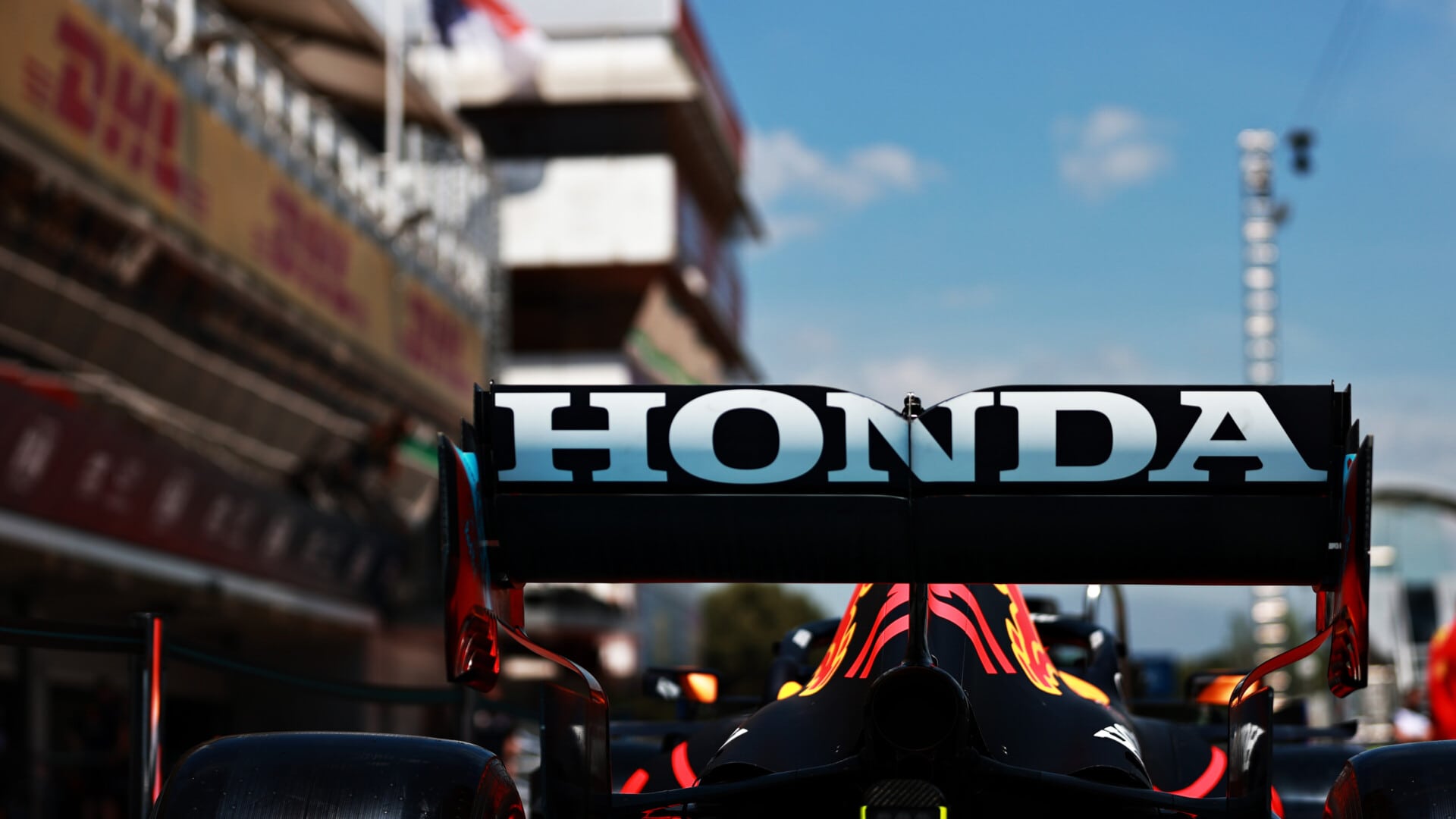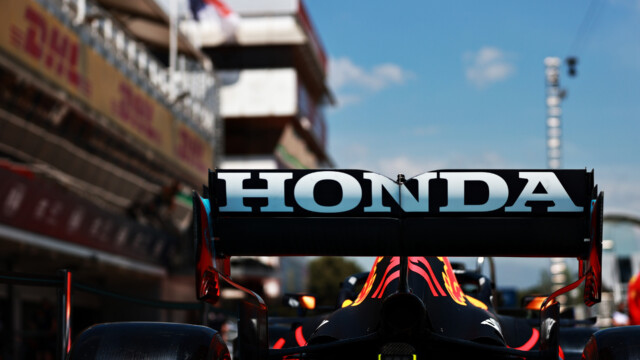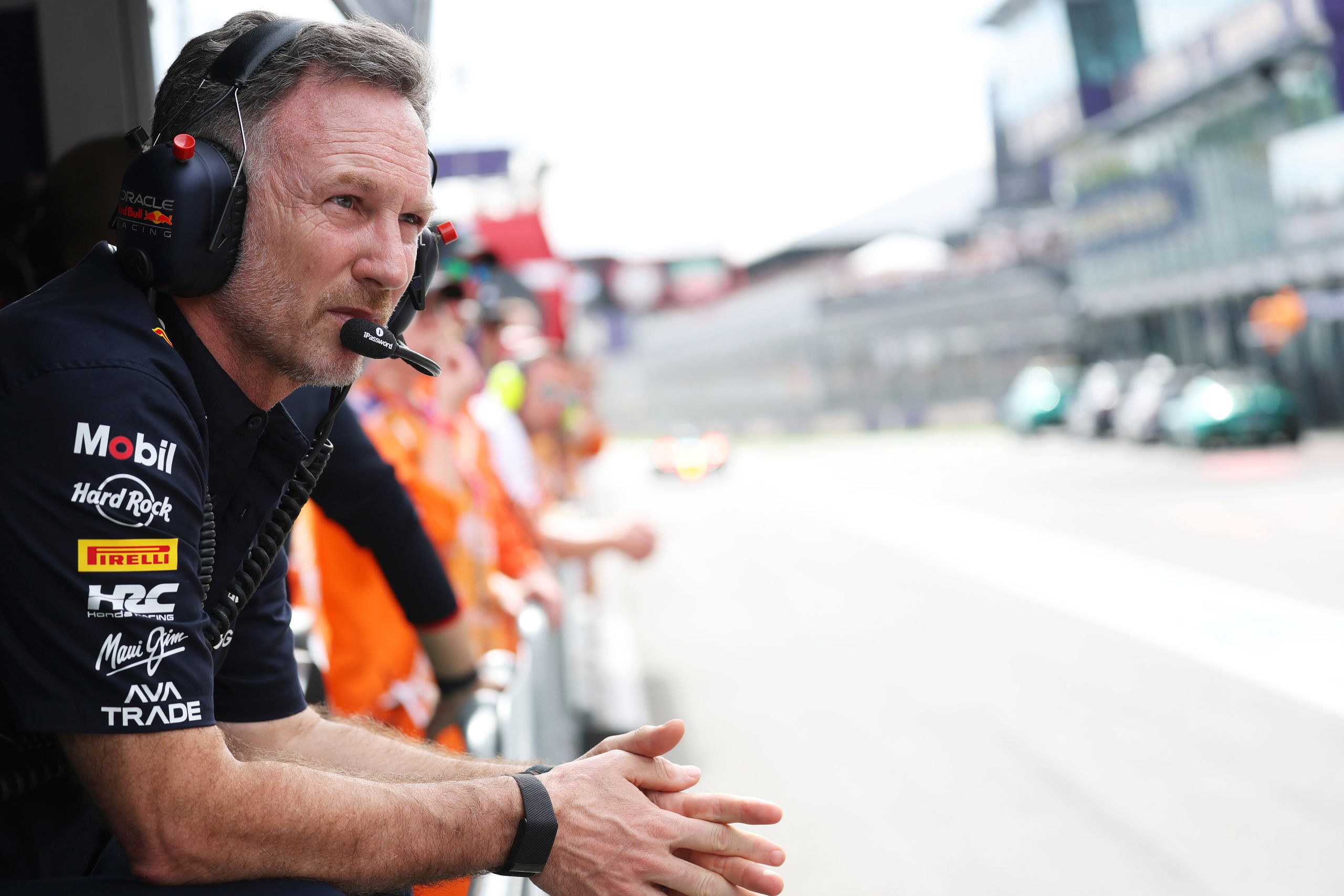What Is The Purpose Of DRS In Formula 1?


The Drag Reduction System (DRS) is a device that is used in Formula 1 racing to decrease drag and increase top speed on straights. The system operates by enabling the driver to adjust the angle of the rear wing on their car, which affects the aerodynamics of the vehicle and allows it to travel faster on straights. This can be a significant advantage for a driver as it allows them to close the gap to the car in front of them and potentially make a pass on a straightaway. In this article, we will take a closer look at the purpose of DRS in Formula 1 and how it works.
Purpose of DRS in Formula 1 Racing
The main purpose of DRS in Formula 1 racing is to increase overtaking and make the racing more exciting for fans. Formula 1 cars are built to be as aerodynamically efficient as possible, which makes it difficult for cars to pass each other on the track. DRS helps to mitigate this problem by allowing cars to travel faster on straights, making it easier for cars to pass each other.
The DRS system was first introduced in 2011 as a way to increase overtaking and make the racing more exciting for fans. The idea behind the system is that it will make it easier for cars to pass each other on the straights, which will lead to more exciting and unpredictable racing. The use of DRS has had a positive impact on the sport, as it has led to more overtaking and closer racing.
How F1 DRS works
The F1 DRS system is activated when a driver is within one second of the car in front of them on a straightaway. This is known as the “DRS detection zone”. Once the driver enters the DRS detection zone, they can activate the DRS and use it to try to overtake the car in front.
The DRS system works by adjusting the angle of the rear wing on the car. When the DRS is activated, the wing angle is changed, which decreases drag and increases top speed on straights. This allows the car to travel faster and makes it easier for the driver to pass the car in front.
The DRS activation zone is a designated straight on the track where the driver can use the DRS to try to overtake the car in front. The location of the DRS activation zone is determined by the FIA and is different for each race.
Restrictions on DRS usage
While drivers can use the DRS in the DRS activation zone, there are certain restrictions on its usage. For example, drivers are not allowed to use DRS in the first two laps of a race or during qualifying. Additionally, drivers are not allowed to use DRS in wet conditions or if the safety car is on track.
DRS and Strategy
The use of DRS has led to changes in the way teams and drivers approach races. In particular, the use of DRS has made it more vital for teams to focus on straight-line speed and downforce to maximize their performance on straights. Additionally, drivers have to consider when and where to use DRS during the race, as it can be a valuable tool for overtaking, but also has restrictions and can’t be used all the time.
DRS and Race Control
The usage of DRS is monitored by the Race Control, they have the power to disable DRS in certain circumstances. For example, if a driver is deemed to have used DRS in an unsafe manner, or if the DRS is malfunctioning, the Race Control can disable the system for that driver.
In conclusion, DRS is a technology used in Formula 1 racing that allows drivers to decrease drag and increase top speed on straights. The main purpose of DRS is to increase overtaking and make the racing more exciting for fans. The DRS system is activated when a driver is within one second of the car in front of them on a straightaway and works by adjusting the angle of the rear wing on the car. However, the usage of DRS is regulated, with certain restrictions and it is also monitored by the Race Control to ensure safety. The use of DRS is an important aspect of Formula 1 racing, and teams and drivers must consider its usage as part of their overall strategy for the race.





